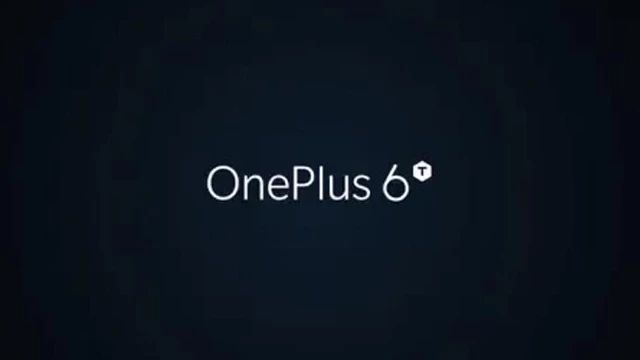Unlock Your Future with Direct Subsidized Loans: A Comprehensive Guide to Financial Freedom
Guide or Summary:Understanding Direct Subsidized LoansThe Benefits of Direct Subsidized LoansEligibility Criteria for Direct Subsidized LoansHow to Apply fo……
Guide or Summary:
- Understanding Direct Subsidized Loans
- The Benefits of Direct Subsidized Loans
- Eligibility Criteria for Direct Subsidized Loans
- How to Apply for Direct Subsidized Loans
- Repayment of Direct Subsidized Loans
- Conclusion: Direct Subsidized Loans as a Pathway to Educational Success
Understanding Direct Subsidized Loans
Direct subsidized loans are a vital financial resource for students seeking higher education. These loans are designed to help undergraduate students who demonstrate financial need, making education more accessible. Unlike other types of loans, direct subsidized loans do not accrue interest while the student is enrolled at least half-time in school, during the grace period, and during deferment periods. This feature can significantly reduce the overall cost of borrowing, making it an attractive option for many students.
The Benefits of Direct Subsidized Loans
One of the most compelling advantages of direct subsidized loans is the interest subsidy provided by the federal government. This means that while you are in school, the government pays the interest on your loan, which can save you a considerable amount of money over time. Additionally, these loans typically offer flexible repayment options and can be consolidated with other federal loans, allowing borrowers to manage their debt more effectively.

Furthermore, direct subsidized loans come with borrower protections that private loans may not offer. For example, if you encounter financial difficulties after graduation, you may qualify for income-driven repayment plans or loan forgiveness programs. These options provide peace of mind, knowing that your financial future is not solely dependent on your immediate earning potential.
Eligibility Criteria for Direct Subsidized Loans
To qualify for direct subsidized loans, you must meet certain criteria. Primarily, you need to demonstrate financial need, which is determined by your Free Application for Federal Student Aid (FAFSA) application. Factors such as your family’s income and the cost of attendance at your chosen institution play a crucial role in this assessment. Additionally, you must be a U.S. citizen or an eligible non-citizen, enrolled at least half-time in an eligible degree or certificate program, and maintain satisfactory academic progress.
How to Apply for Direct Subsidized Loans
Applying for direct subsidized loans is a straightforward process. Start by completing the FAFSA, which opens the door to federal financial aid. Once your FAFSA is processed, your school will receive your financial information and determine your eligibility for direct subsidized loans based on your financial need. If you qualify, your school will provide you with a financial aid package that outlines the amount you can borrow.
It’s important to understand your loan terms and conditions before accepting any loans. Make sure to review the interest rates, repayment options, and any potential fees associated with the loans. You may also be required to complete entrance counseling to ensure you fully understand your responsibilities as a borrower.
Repayment of Direct Subsidized Loans
Repaying direct subsidized loans typically begins six months after you graduate, leave school, or drop below half-time enrollment. This grace period allows you to transition into the workforce without the immediate burden of loan payments. During this time, it’s wise to start budgeting and planning for your future payments.
The standard repayment plan for direct subsidized loans spans ten years, but you can choose from various repayment options based on your financial situation. Income-driven repayment plans adjust your monthly payment based on your income, ensuring that your loans remain manageable even if your earnings fluctuate.

Conclusion: Direct Subsidized Loans as a Pathway to Educational Success
Direct subsidized loans represent a powerful tool for students aiming to achieve their educational goals without the overwhelming burden of debt. By understanding the benefits, eligibility criteria, and repayment options, you can make informed decisions about financing your education. With direct subsidized loans, you are not just borrowing money; you are investing in your future and taking a significant step toward financial independence and career success. Embrace the opportunity that direct subsidized loans provide and unlock the doors to your academic and professional aspirations.